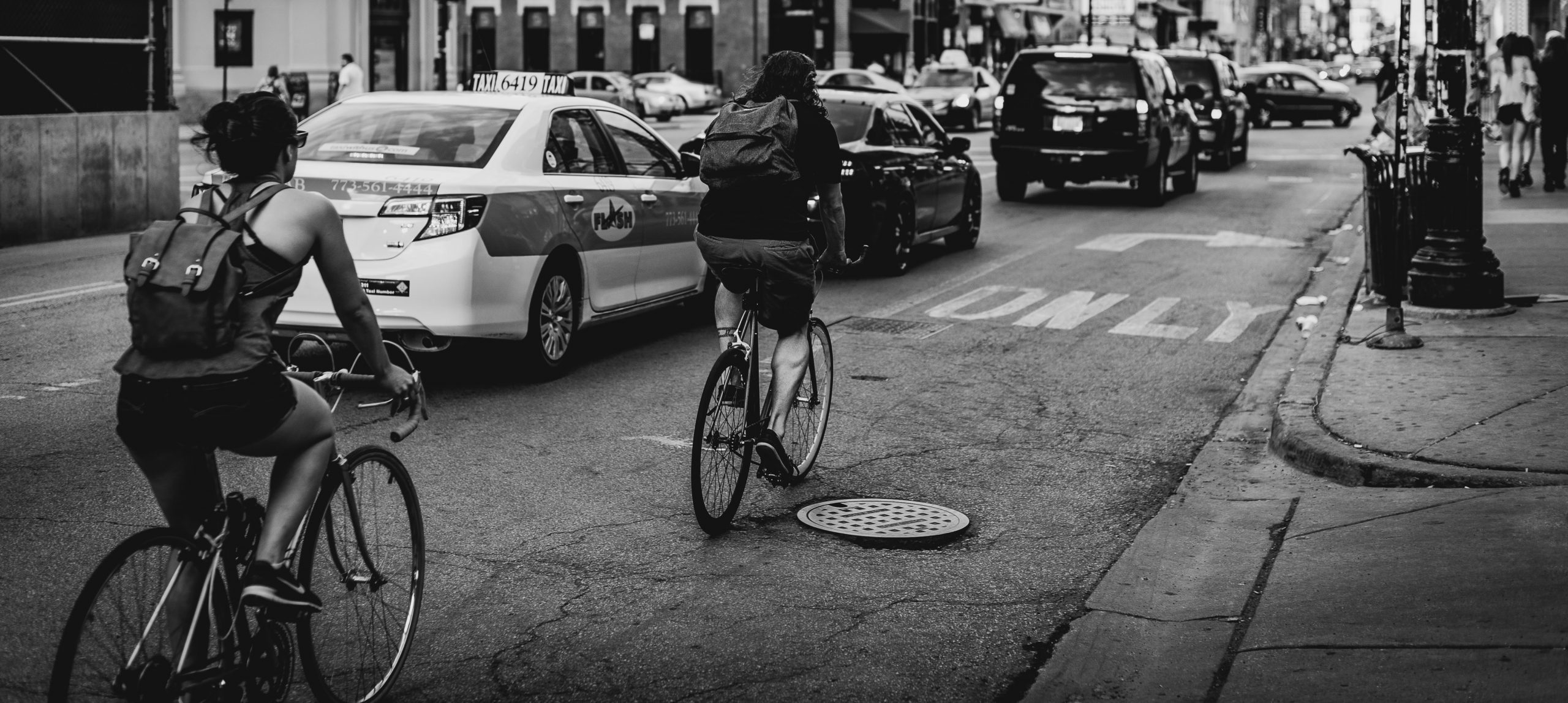Cycling offers a multitude of benefits, both for individuals and communities, including reduced traffic congestion, improved air quality, enhanced physical and mental well-being, and a stronger sense of community. However, for many urban areas, creating safe and efficient cycling infrastructure can be a complex and time-consuming process. This is where tactical urbanism comes in, offering an innovative and cost-effective approach to transforming our cities into more bike-friendly environments. In this article, we will explore how tactical urbanism can be utilized to revolutionize cycling and promote a more sustainable, healthier, and connected urban landscape.
Understanding Tactical Urbanism
Tactical urbanism is an approach that involves making temporary, low-cost changes to the urban environment to address specific urban challenges. These interventions are usually community-driven and allow experimentation, feedback, and adaptation before implementing permanent solutions. When applied to cycling infrastructure, tactical urbanism offers a rapid and flexible way to improve cycling conditions without the bureaucratic constraints often accompanying traditional urban planning processes.
Cycling Lanes and PathwaysOne of the most common tactical urbanism initiatives for enhancing cycling in a city is the implementation of temporary cycling lanes and pathways. These can be quickly set up using materials like removable barriers, traffic cones, or paint, providing dedicated spaces for cyclists to ride safely. By creating these temporary lanes, city planners and residents can observe the effects, gather feedback, and make necessary adjustments before committing to permanent changes.
Bike Corrals and ParkingA city that encourages cycling must also offer convenient and secure bicycle parking options. Tactical urbanism enables the installation of temporary bike corrals and parking spaces in underutilized areas or reclaimed parking spots. These corrals not only accommodate more bikes but also serve as visual reminders of the growing cycling community, potentially encouraging more people to adopt cycling as a mode of transportation.
Pop-up Bike Repair StationsMaintaining a bicycle is essential for a safe and enjoyable ride, but not everyone has access to tools or knowledge for repairs. Tactical urbanism can be employed to create pop-up bike repair stations, where local volunteers or mechanics offer basic repair services, guidance, and safety checks for cyclists passing by. This fosters a sense of community, empowers cyclists to take better care of their bikes, and encourages others to join in.
Intersection ImprovementsIntersections are often the most challenging areas for cyclists, with increased risks of accidents. Tactical urbanism can help by temporarily transforming intersections into safer spaces for cyclists. This may include painting bike lanes in contrasting colors, adding bike-specific signals, or creating temporary pedestrian islands to enhance safety and visibility.
Community-Led CampaignsTactical urbanism can be a powerful tool for raising awareness and support for cycling. Community-led campaigns, such as “Bike to Work Week” or “Cycling Saturdays,” can encourage people to try cycling and experience the benefits firsthand. These campaigns can also engage local businesses to offer promotions or discounts to cyclists, further promoting a cycling-friendly culture within the city.
Conclusion
Tactical urbanism presents an exciting opportunity to accelerate the transformation of our cities into more cycling-friendly environments. By embracing this approach, cities can experiment with innovative solutions, gather community feedback, and create a safer, more connected urban landscape for cyclists. The key lies in collaboration between city officials, urban planners, residents, and local cycling advocates to ensure that temporary interventions lead to well-designed, permanent improvements. Let us embrace tactical urbanism as a powerful tool for revolutionizing cycling in our cities and fostering a healthier, more sustainable future for all.
